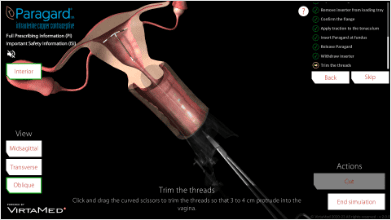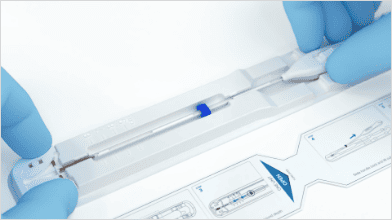

Their choices change,
but one choice is clear:
Hormone-Free Paragard®1
From running the school social scene to running a startup
Offer your patients a birth control that won’t interfere with them or their future choices. Paragard is single-handedly ready for any stage they enter next.1

Ordering and
Reimbursement

Placement Training for
Single-Hand Insertion

Resources for You
and Your Patients
Training Support for Your Practice
Access Our Online
Virtual Training
Simulation

Request a Placement
Training Session
In-person or live virtual



